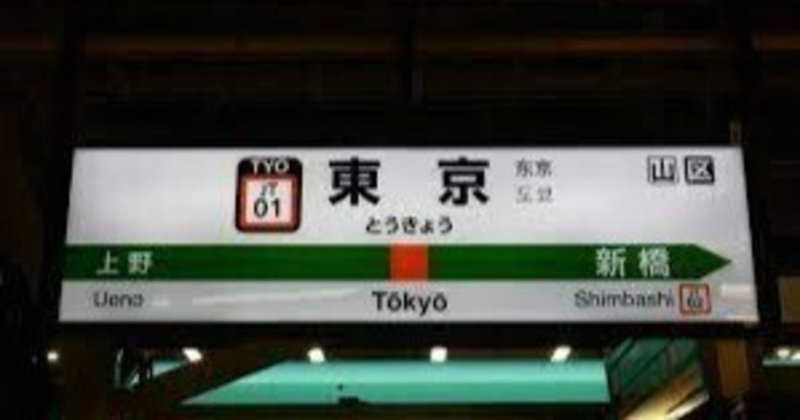
Utokyu`s Easily understandable & speakable Japanese language lesson19
2022/6/14-2
14th June 2022 2nd article
Utokyu`s Easily understandable & speakable Japanese language lesson19
(Side story and rough sketch: pronunciation “Tokyo”)
Only lecturing relevant to Kanji, maybe soon too much enough and little bit dull for you, I guess.
Then on this article, I`ll try to write side story relevant Japanese language.
東京=とうきょう=Tokyo(漢字=ひらがな=English)
Maybe you have seen above on the board at a railway stations or airports and so on.
When Japanese read it, will pronounce”とーきょー(or とうきょう)” like this with stretching.
But Foreigners read it, with no stretching”ときょ”.
At the time when foreigners heard it, why Japanese so different pronouncing from ours?
Isn`t it “ときょ”?”
Vasa versa Japanese the same. “Isn`t it “とーきょー(とうきょう)”?”
Why does it happen? Such a mismatching?
In our childhood in elementary school 4th grade, we learned about “Hebon style Rooma-ji”
Under the Hebon style Rooma-ji, written” Tōkyō”
Actually in the former, on the station board, was written “Tōkyō”
Side bar on both ”O”, is the stretching mark.
Then almost Japanese pronounce “Tohkyoh(Toukyou)”
But under English language rules, thus written word should be pronounce “Tokyo=ときょ”
In Japan now Hebon style Rooma-ji pronouncing(=reading) and English pronouncing is jammed.
Then strange mismatching happens sometimes.
But anyway during you have stayed in Japan, please pronounce “Tohkyoh(Toukyou) ” when you look at it or pronounce it on the conversation with Japanese, please set under the pronouncing written Hiragana, as a lip service. Hahaha!!
Sorry so complicated and thank you for your listening to.
Memo
Rooma-ji means Latin(=Roman) style letter=Almost alphabet the same except stretching marks.
よろしければサポートをお願い申し上げます。戴いたサポートは自分が書く上での活動費として使わせていただきます。
